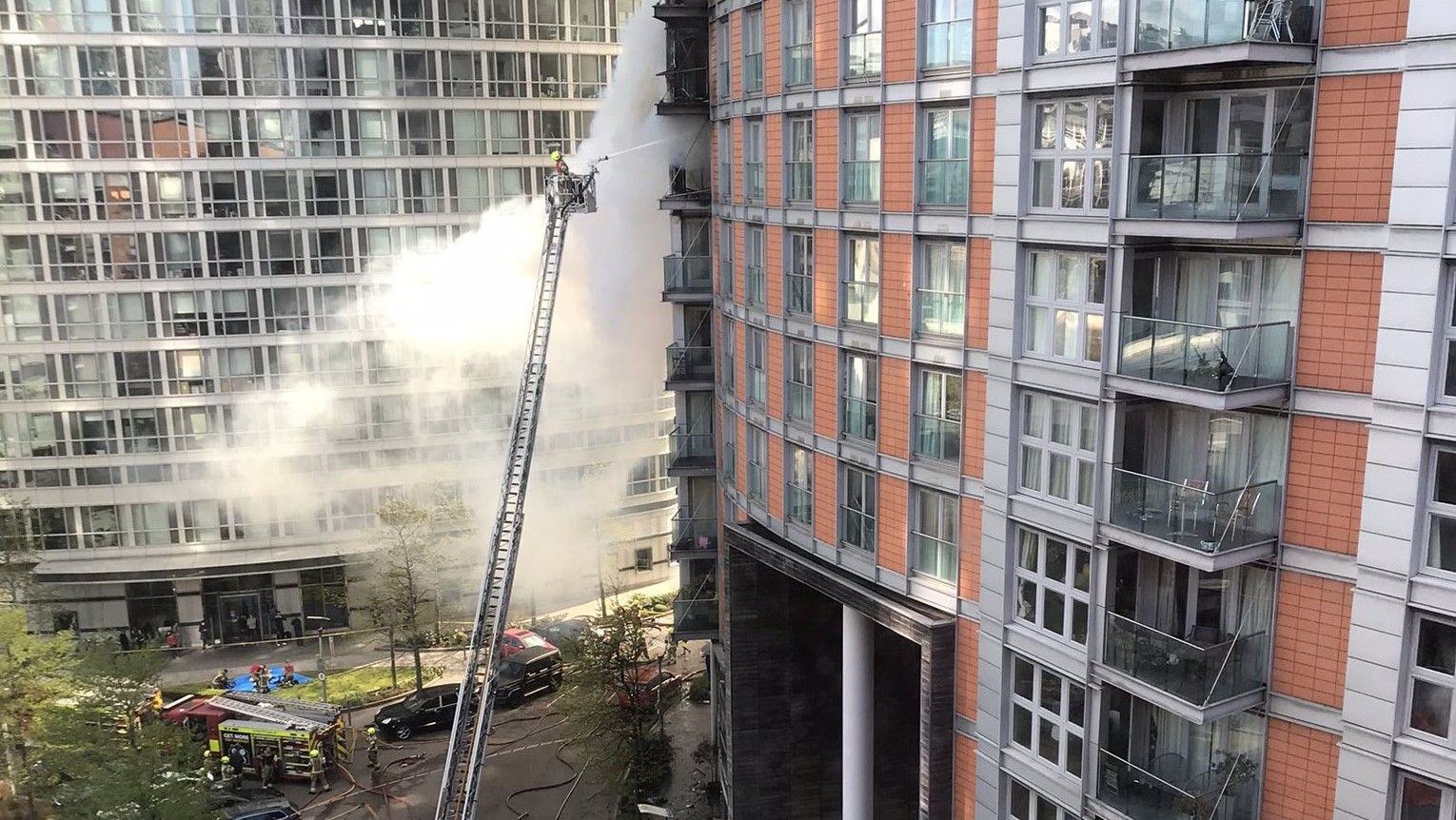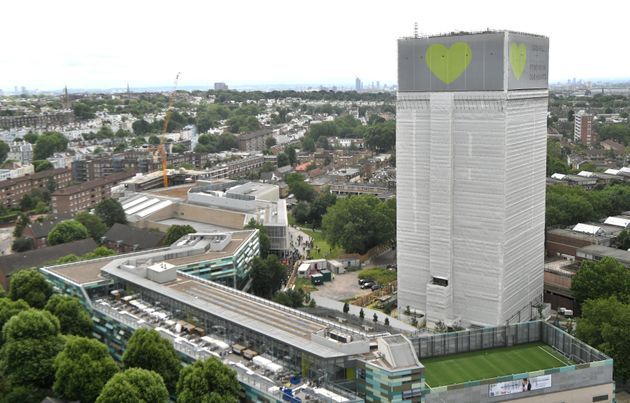
Today marks the 4th anniversary of the Grenfell Tower tragedy, the worst residential fire since the Second World War. On June 14th 2017, we awoke to somber news and fiery views, broadcast live from London. The fire broke out on the fourth floor of the 24 storey tower block of flats just before 1am, causing 72 deaths and left as many injured. 223 people escaped, yet countless have been affected by this tragedy. While it was a terrible event, it was not without a silver lining, with the inquest drawing awareness to the building materials used and attention to the buildings that used those same materials, hoping that it will prevent future incidents.
What happened that night?
It all started with a malfunctioning fridge-freezer on the fourth floor. In no time, the fire crawled up the building’s external insulation, the cladding and the air gap, creating a funnel for the fire to travel to the higher floors, before it completely engulfed the entire 24-storey building. The fire burned non-stop for 60 hours before it was completely extinguished, covering the surrounding area in smoke and soot. The workforce involved in this disaster was immense. Over 250 firefighters and 70 fire engines were involved in strategies to control and extinguish the fire and rescue and evacuate residents. More than 100 ambulance service crew members on over 20 ambulances joined the efforts of specialist paramedics from the Hazardous Area Response Team (HART), Metropolitan Police and London’s Air ambulance service.
What changes have come about since the Grenfell Tower fire?
Grenfell Tower’s inquiry begun on 14th September 2017, three months after the fire, to investigate the cause and any other issues. The first set of findings, addressing the events of that night, were made public in October 2019 and confirmed that the building’s exterior was not compliant with regulations and the primary reason why the fire spread. It was also found that the fire services were late in advising residents to evacuate the building, costing many lives. In June 2020, the second phase of the inquiry began.
While 223 people escaped the building’s fiery fate, over 70 people were injured and 72 lives were lost. Over 300 families were affected, and 120 homes destroyed. The devastation was significant, but there is something positive that has risen from this. There are 300 towers now flagged with the same style of cladding used in Grenfell Tower, colloquially named “Grenfell cladding,” awaiting work to make them safer and prevent another disaster. While it does not reverse what happened that night, it has made the authorities more aware of building safety and open the doors for better regulation and stronger compliance models.
Stronger compliance = Safer for everyone
Regulations are in place to keep us safe. Without regulations, we would still build unsafe tier houses with flammable materials and we would not have laws around car maintenance for roadworthiness and seatbelts. Naturally, we dislike rules, but rules keep us safe in some circumstances. Imagine a world without building regulations. Think about an overpass bridge, not built to compliance standards over the motorway; it’s a recipe for disaster. Now think about Grenfell, which was not renovated to compliance. This is why we need better compliance for fire safety.
What does Onetrace fire protection software have to do with compliance?
We built Onetrace for a better way of working, to support fire protection operatives and help them perform their role with ease and efficiency, reducing human error and in the long run, saving lives. When used effectively, Onetrace makes your fire protection work compliant, as we built it in line with third party accreditations.
Supporting your business every step of the way is the Onetrace way. If you’re ready to find out how we can support your business with the leading fire protection software, simply get in touch or request a demo. If you’re not ready to commit, that’s okay - you can try Onetrace completely free for 14 days with zero obligation or commitment.

